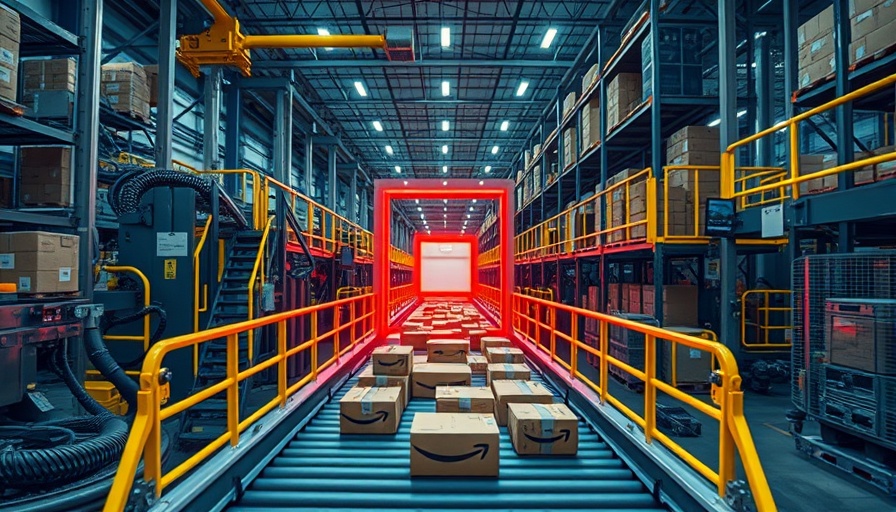
Amazon's Return to Metal Detector Screenings: A Controversial Safety Move
Amazon has made headlines again with its decision to reinstate anti-theft measures in its U.S. warehouses, which includes implementing metal detector screenings for employees leaving the premises. This policy affects over 750,000 hourly workers and marks a return to pre-pandemic security protocols that drew significant controversy in the past.
The Rationale Behind the Screening Policies
The move has been justified by Amazon as a necessary step to enhance safety and security in their facilities. An Amazon spokesperson emphasized the company's ongoing commitment to providing a secure working environment for both employees and partner companies. As the company prepares to introduce these measures gradually, starting with select warehouse locations, criticisms reminiscent of past experiences are beginning to surface.
Historical Context: Lessons from the Past
This is not the first attempt by Amazon to balance security and employee rights. Previously, workers disputed the time they spent waiting in line for screening, leading to lawsuits and significant backlash over wage regulations. In 2014, the U.S. Supreme Court ruled against claims for back pay, declaring that employees were not entitled to compensation for time spent waiting to be screened, a decision still fresh in the minds of many workers today.
Comparing Security Policies: Amazon and the Industry
While many companies have implemented similar measures to combat theft and ensure security, the approach taken by Amazon—especially concerning employee phones—has varied greatly over time. Before the pandemic, employees had to leave personal devices in their cars or lockers, a policy that was relaxed to allow real-time communications about health during COVID-19. This inconsistency raises questions about what security truly means for employees in high-pressure environments like Amazon’s.
Implications for Employee Morale and Productivity
The reintroduction of screenings may raise concerns about employee morale, leading to resentment and frustration if not managed transparently. Organizations must strike a delicate balance between protecting company assets and maintaining a positive workplace culture. Many workers may feel demeaned or overly monitored, which can hinder productivity and engagement. Understanding these dynamics is crucial for business managers who prioritize a vibrant and motivated workforce.
Looking Ahead: The Future of Warehouse Security
The landscape of warehouse security will likely continue to evolve as technology advances. Companies may explore automated systems to enhance security measures while minimizing disruptions to employee workflows. Innovations may include advanced scanning technology that streamlines the screening process, ultimately improving efficiency while keeping theft at bay.
Understanding how Amazon navigates these changes can provide valuable insights for other businesses grappling with similar issues. Security should not come at the cost of employee welfare; strategic implementation of technology will be key.
In this context, business owners and managers should closely monitor the outcomes of Amazon’s initiative. Emphasizing a transparent dialogue with employees regarding the reasons and benefits could mitigate potential backlash and foster a culture of cooperation and trust.
As the retail landscape continues to shift, remaining proactive about both security and employee satisfaction will be critical for success. Adaptability may well define the leaders in this sector.
 Add Row
Add Row  Add
Add 

 Add Row
Add Row  Add Element
Add Element 




Write A Comment